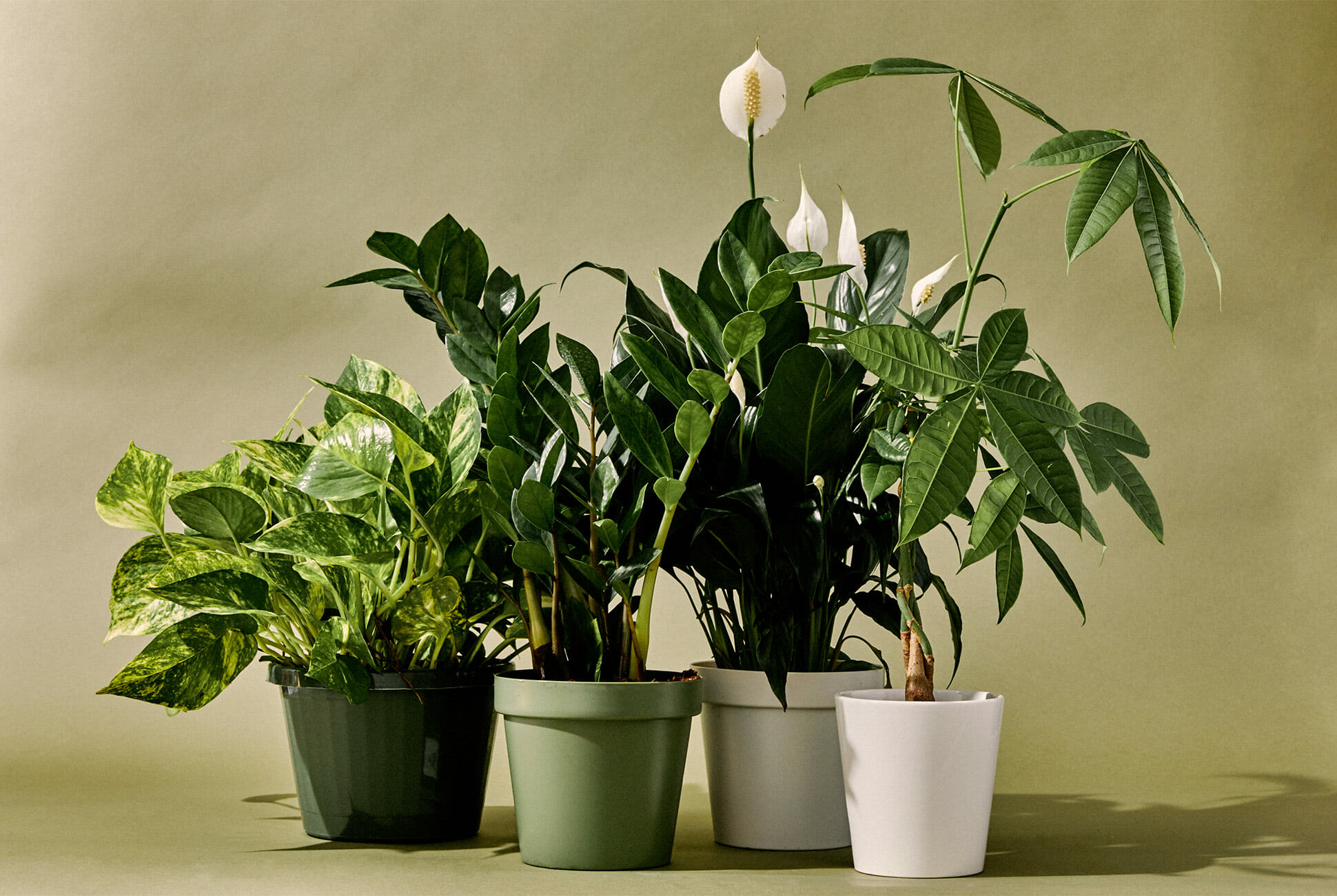A sensible, Academic Have a look at What Houseplants *Actually* Does I…
Water features are another popular element of garden design, adding a sense of tranquillity and elegance to the outdoor space. Ponds, fountains, and waterfalls can all be used to create a focal point in the garden, and can attract wildlife such as birds and insects, adding to the natural beauty of the space.
Lighting is another important aspect of garden design, helping to create a welcoming and inviting atmosphere in the evening hours. Outdoor lighting can be used to highlight features such as plants, trees, and sculptures, and can also be used to illuminate pathways and seating areas, making the garden safe and easy to navigate after dark.
 One of the main reasons why tropical houseplants are so beloved is their ability to thrive in indoor environments. Many tropical plants are well-suited to the conditions found inside a typical home, such as moderate temperatures, high humidity, and indirect sunlight. This makes them ideal for those who don't have access to a garden or outdoor space but still want to enjoy the benefits of gardening.
One of the main reasons why tropical houseplants are so beloved is their ability to thrive in indoor environments. Many tropical plants are well-suited to the conditions found inside a typical home, such as moderate temperatures, high humidity, and indirect sunlight. This makes them ideal for those who don't have access to a garden or outdoor space but still want to enjoy the benefits of gardening.
In addition to helping with planning and visualization, 3D garden design can also be a useful tool for communication. If you are working with a landscaper or garden designer, providing them with a 3D design of your vision can help ensure that everyone is on the same page. By sharing a realistic representation of your dream garden, you can avoid misunderstandings and ensure that your project is completed to your satisfaction.
One of the key advantages of 3D garden design is the ability to incorporate different elements into your design that are difficult to visualize in 2D. For example, you can experiment with different lighting schemes, water features, and outdoor furniture placement to create a truly immersive and inviting outdoor space. By seeing these elements in 3D, you can make informed decisions about how to best enhance your garden and make it a true extension of your home.
When it comes to choosing houseplants for your home, there are a wide variety of options to consider. Some popular choices include spider plants, peace lilies, snake plants, and pothos, all of which are known for their air-purifying qualities and ease of care. If you have limited space or sunlight, you may want to consider low-light plants such as philodendrons, ferns, or spider plants, which can thrive in darker conditions.
When it comes to garden design, there are a few key principles that should be followed. The first of these is to consider the overall layout of the garden, taking into account factors such as the size and shape of the space, the existing features, and the needs and preferences of the homeowner. The layout of the garden should be practical and functional, with clearly defined areas for different uses, such as dining, relaxation, and play.
Creating a beautiful and functional garden can be a challenging task. With so many different elements to consider, from plant choices to layout options, it can be difficult to visualise how everything will come together. This is where 3D garden design can be a valuable tool.
In addition to selecting the right plants, it's important to provide them with the proper care and maintenance to ensure their longevity and health. This includes watering your plants regularly, providing them with adequate sunlight, and occasionally fertilizing them to promote growth and blooming. It's also important to regularly dust and clean your plants to prevent the buildup of dust and debris, which can block their pores and hinder their ability to photosynthesize.
Not only do houseplants help to clean the air, but they can also help to boost your mood and reduce stress. Studies have shown that being around plants can have a calming effect on the mind, which can be especially beneficial in today's fast-paced and often stressful world. In fact, simply looking at a plant can help to lower your blood pressure and increase feelings of relaxation and well-being.
One of the most well-known benefits of houseplants is their ability to improve air quality. Plants take in carbon dioxide and release oxygen through the process of photosynthesis, which means they can help to freshen up the air in your home. In addition, some houseplants have been shown to filter out harmful toxins such as formaldehyde, benzene, and trichloroethylene, which are commonly found in household products and can contribute to indoor air pollution.
Whether you're a seasoned plant lover or a complete beginner, tropical houseplants are a wonderful addition to any home. With their beauty, health benefits, and ease of care, they are sure to bring a touch of the tropics to your living space and brighten your days with their natural beauty. So why not bring a little piece of paradise into your home today with a stunning tropical houseplant?
Furthermore, houseplants can also have physical health benefits. For example, some plants, such as aloe vera and lavender, have been used for centuries for their medicinal properties. Aloe vera is known for its healing properties and can be applied topically to soothe burns and cuts, while lavender has a calming effect and is often used in aromatherapy to promote relaxation and improve sleep. Having these plants in your home can provide a natural and effective way to treat minor ailments and promote overall well-being.
